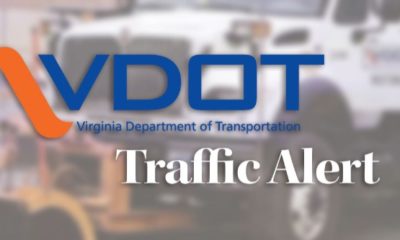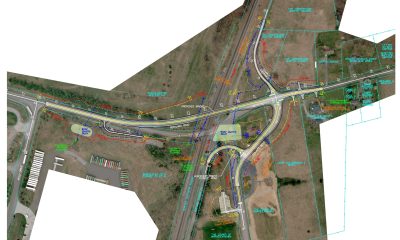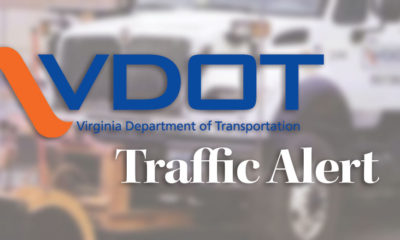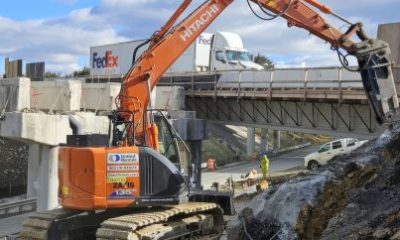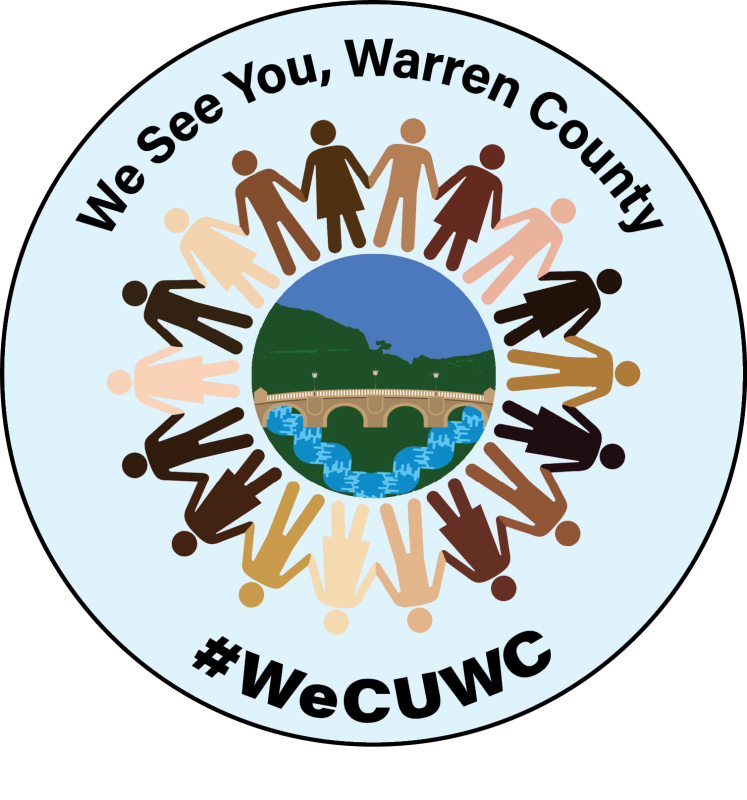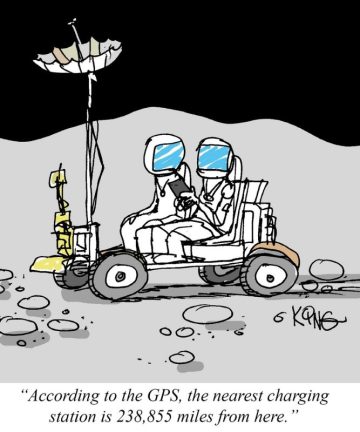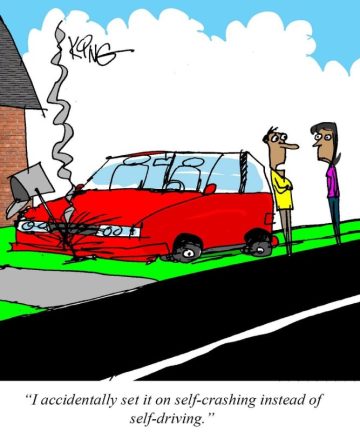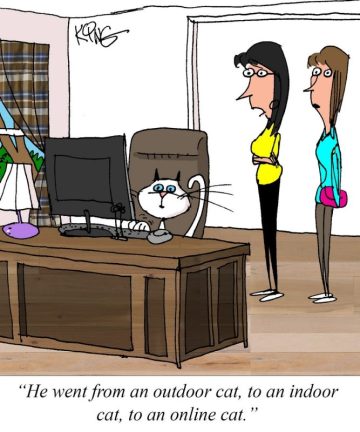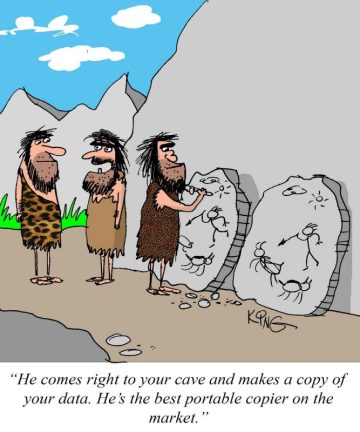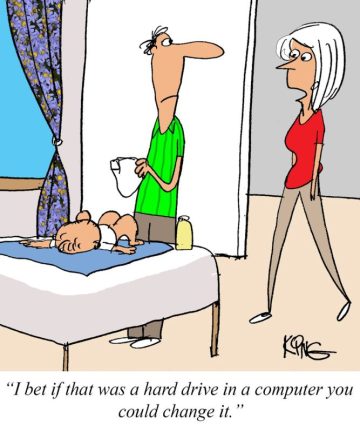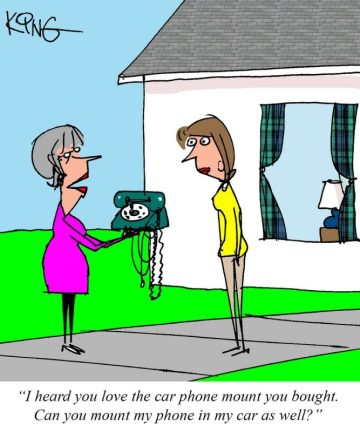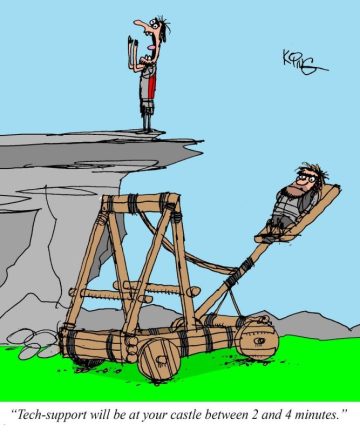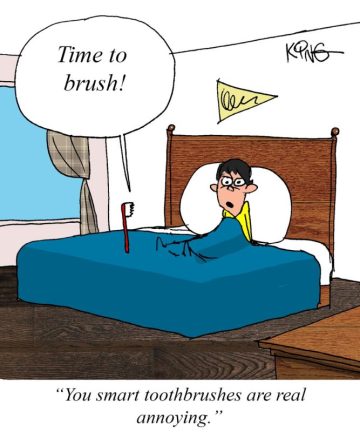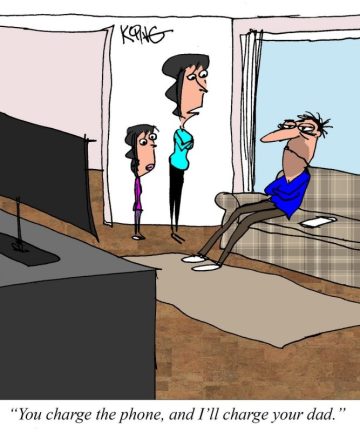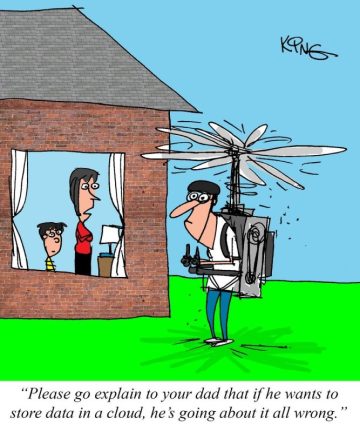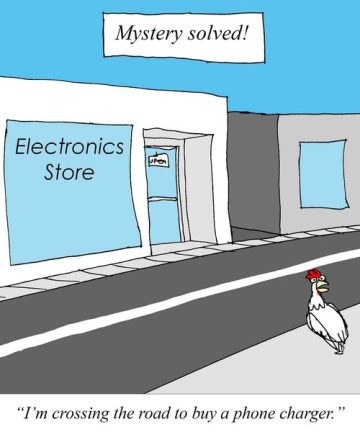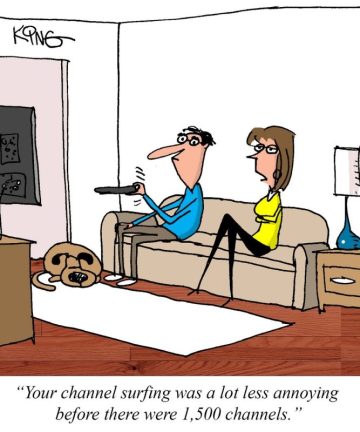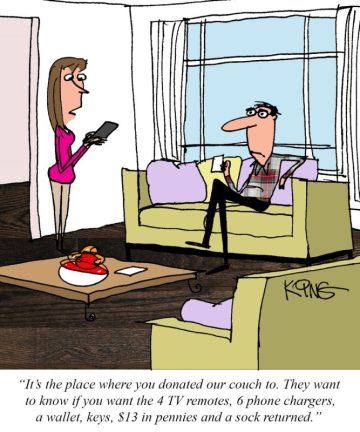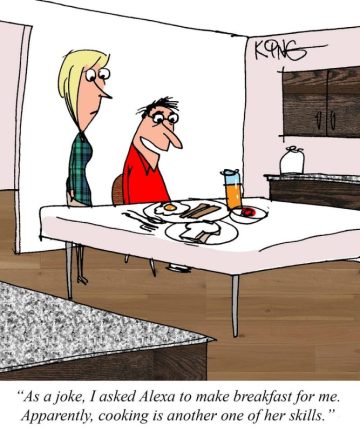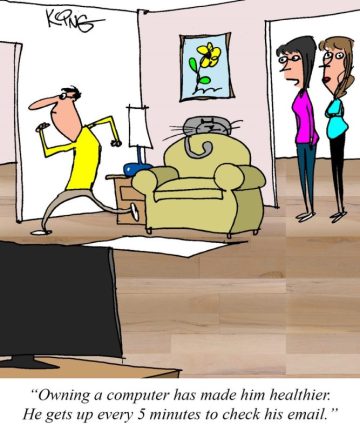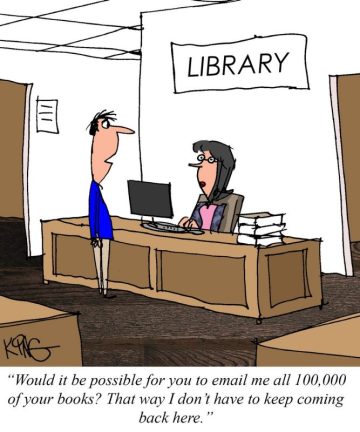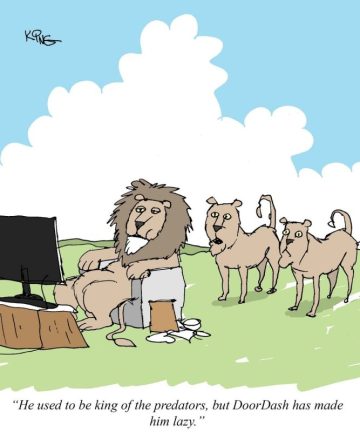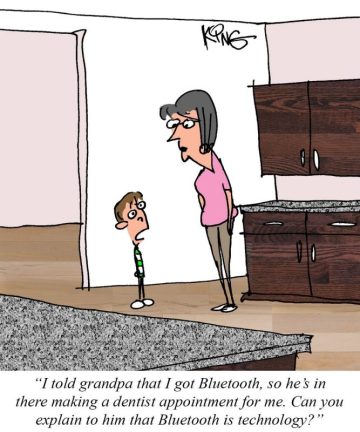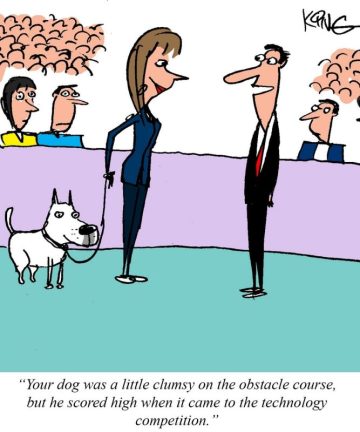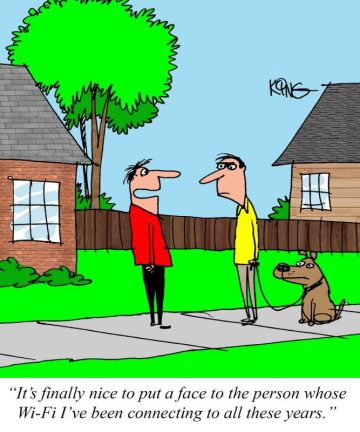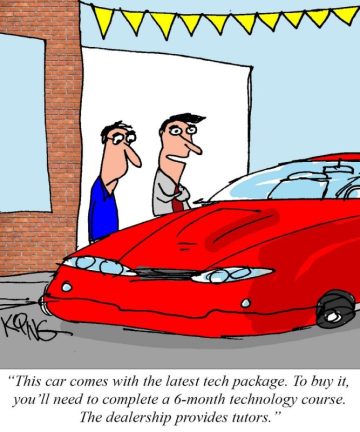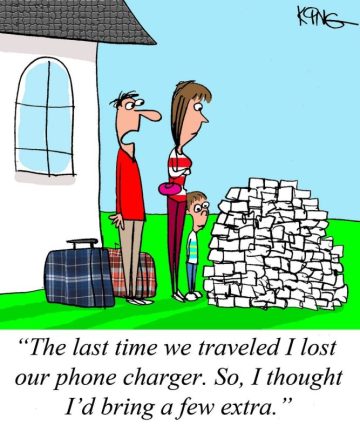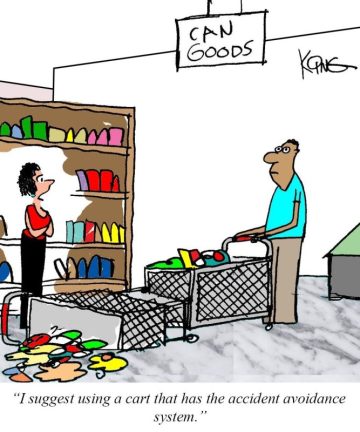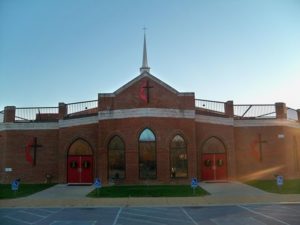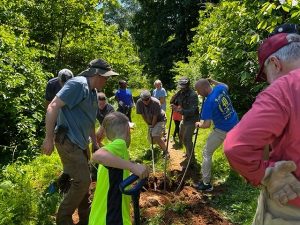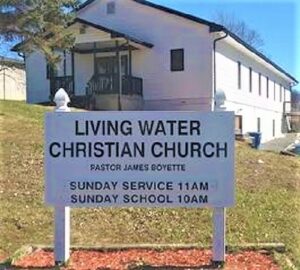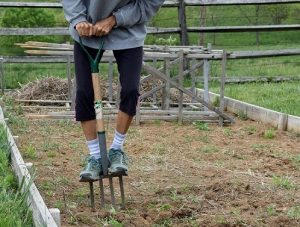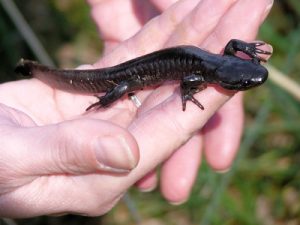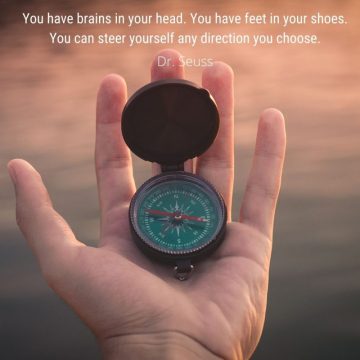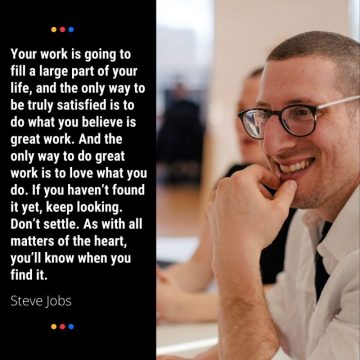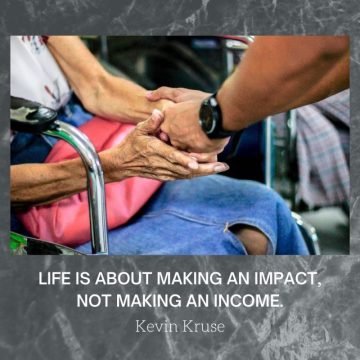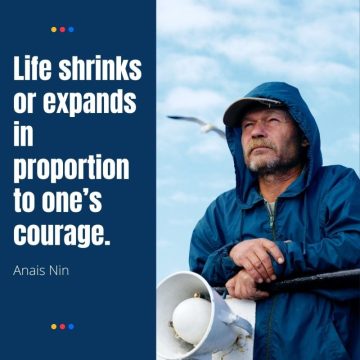Automotive
Covered Bridges in Virginia
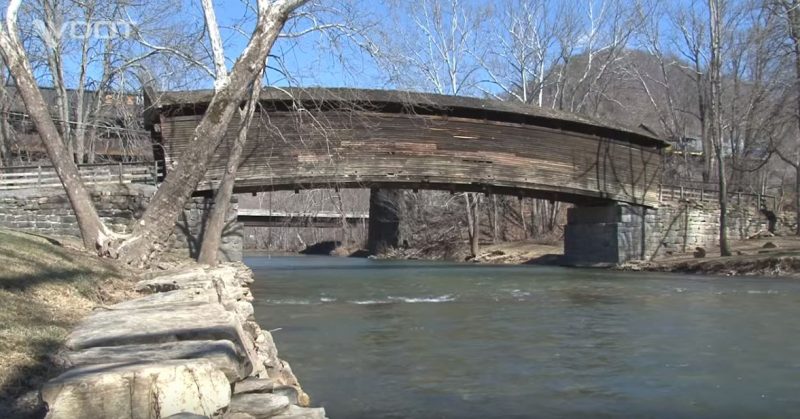
In memory or imagination, covered bridges conjure up sights and sounds of days gone by. In Virginia, they began to dot the countryside nearly two centuries ago. Spanning rivers and streams, their number grew to the hundreds.
Eventually they gave way to their vulnerability to flood and fire, and to the technology that replaced the wooden peg with the metal bolt and the broadtimbers with narrow steel. By 1900, the overhead steel truss bridge had become the engineers’ design of choice.
Relatively few covered bridges survived into the early years of the 20th century. Most of them reflected the evolution in design of three pioneers in the annals of bridge construction:
Theodore Burr, who patented the Burr arch bridge in 1817
Ithiel Town, who patented the Town lattice design in 1835
William Howe, who in 1840 patented a design that combined iron uprights with wooden supports
Today in Virginia, only seven covered bridges still stand. Four have been preserved as landmarks and three are on private property. You are invited to visit these picturesque structures that span time as well as water.
Humpback Bridge – Virginia’s Oldest Covered Bridge
The venerable Humpback Bridge lays claim to being the oldest of Virginia’s remaining covered bridges.
Located in Alleghany County, just west of Covington, it was built in 1857.
It was part of the James River and Kanawha Turnpike and succeeds three other bridges at the site.
It stretches over Dunlap Creek, a tributary of the Jackson River that joins the Cowpasture River near Iron Gate to form the James River.
The first structure was built in the 1820s and was washed away by a flood on May 12, 1837.
The second fell victim to the flood of July 13, 1842.
The third, as the annual report of the turnpike company put it, “gave way” in 1856.
The 100-foot-long, single-span structure is four feet higher at its center than it is at either end, thus the name, “Humpback”.
Traffic across the bridge ceased in 1929 when it was replaced with a “modern” steel truss bridge.
Restoration
The bridge stood derelict — and was even used by a nearby farmer to store hay — until the 1950s.
The Business and Professional Women’s Club of Covington and the Covington Chamber of Commerce raised funds to have the bridge restored and preserved as part of Alleghany County’s history.
Humpback Bridge was reopened to the public in 1954 as the centerpiece of an attractive wayside.
In the summer of 2013, the Humpback Bridge underwent additional restorations using funds from the National Historic Covered Bridge Program.
Humpback Bridge can be reached from Interstate 64 by taking exit 10 to Route 60 and traveling one-half mile east, or by taking Route 60 west from Covington.
Meem’s Bottom Bridge
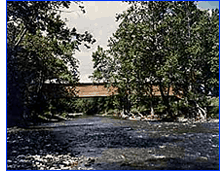
Meem’s Bottom Bridge
One of the best-known covered bridges is the 204-foot single-span Burr arch truss known as Meem’s Bottom in Shenandoah County.
Here it is possible to step back into the past, while less than a half-mile away the hum of modern-day traffic can beheard on Interstate 81.
The site takes its name from the Meem family that owned large landholdings in the area. This long span over the North Fork of the river carried traffic for more than 80 years before being burned by vandals on Halloween in 1976.
After salvaging the original timbers, the bridge was reconstructed and eventually undergirded with steel beams and concrete piers.
Succeeding several earlier bridges, the Meem’s Bottom Bridge was built in 1894. Materials were cut and quarried nearby for the massive arch supports and stone abutments, which extend 10 feet below the riverbed.
Previous bridges in this spot were washed away in the floods of 1870 and 1877. The next bridge, built in 1878, stood until it was replaced by the present bridge.
The bridge is reached easily from Interstate 81 at exit 269 between New Market and Mount Jackson. Follow Route 730 from the interchange for four-tenths of a mile to Route 11. Go north on Route 11 for nine-tenths of a mile to Route 720 and the west a short distance to the river.
It also can be reached off Route 11, four miles north of New Market and about two miles south of Mount Jackson.
Bob White Bridge

Bob White Bridge
On Sept. 29, 2015, the Bob White Covered Bridge was washed away during a flood.
In an effort to raise funds to rebuild the bridge, various events and fundraisers are being steered by the Covered Bridge Committee, a 501(C)3 organization in Patrick County.
Their plan is to rebuild the bridge with timber to match the original design and create a replica and historical kiosk from remnants of the bridge that were found after the flood.
Jack’s Creek Bridge

Jack’s Creek Bridge
Jack’s Creek Bridge crosses the Smith River in Patrick County on Route 615 just west of Route 8, about two miles south of Woolwine. The 48-foot span, built in 1914, has been replaced by a modern bridge but is being retained.
Jack’s Creek Bridge can be seen from Route 8 at its intersection with Route 615, or it can be reached by turning west two-tenths of a mile on Route 615.
Sinking Creek Bridge
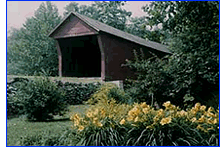
Sinking Creek Bridge
The Sinking Creek Bridge (also known as Clover Hollow Bridge), a 70-foot span currently maintained by Giles County, was left in place for the property owner when a new bridge was built in 1949. It was built circa 1916 with modified Howe trusses.
The bridge is located just off Route 601 between Route 42 and Route 700, north of Route 460.
Automotive
Spring Into Clean: Refresh Your Car Post-Winter
As we bid farewell to the cold and welcome the warmth and renewal of spring, it’s the perfect time to show your car some much-needed love. The winter months can be harsh on your vehicle, leaving behind a trail of salt, sand, and chemicals that threaten to mar its appearance and corrode its parts. Here’s how you can rejuvenate your car inside and out, ensuring it shines brightly under the spring sun.
Exterior Care: Wash Away the Winter
A thorough exterior wash is the first step in your car’s spring revival. The remnants of winter—salt, sand, mud, and de-icing agents—pose a significant risk to your car’s bodywork and metallic components. These elements can accelerate rusting and degrade the paintwork, leading to costly repairs down the line.
- Use the Right Products: Always opt for cleaning solutions specifically designed for automotive use. These products are formulated to be gentle on your car’s paint and protective coatings, ensuring a clean finish without damage.
- Don’t Forget the Hidden Spots: Areas such as the inside of the wheel wells and undercarriage often harbor the most grime and are crucial in preventing rust. Paying attention to these less visible spots can go a long way in preserving your car’s integrity and appearance.
Interior Maintenance: A Clean Start
After the exterior, turn your focus inward. Your vehicle’s interior has likely accumulated its fair share of winter’s dirt and debris, not to mention the potential for unpleasant odors to have taken root.
- Vacuum Thoroughly: Begin with a comprehensive vacuuming session, reaching every nook and cranny. Floor mats, seats, and hard-to-reach areas beneath the seats can collect a surprising amount of dirt and need special attention.
- Choose Appropriate Cleaners: Use cleaning agents for the various surfaces inside your car, such as leather, fabric, and plastic. Each material requires a different approach to effectively remove grime without causing damage.
Why It Matters
Spring cleaning your car isn’t just about aesthetics; it’s a preventative measure that extends the life of your vehicle and helps maintain its value. Regular cleaning removes potentially harmful residues and ensures that your car remains in top condition, saving you from future headaches and expenses.
For the best results, equip yourself with quality products from your local automotive retailer, where you can also seek expert advice tailored to your car’s specific needs.
Automotive
The True Cost of Buying a Car: What You Need to Know
Buying a car is a rite of passage for many, symbolizing freedom and independence. However, the ease of purchasing a vehicle often overshadows the significant financial commitment involved. Understanding the full cost of car ownership is crucial for anyone considering this major financial move.
Down Payment and Financing Costs
The standard down payment recommended for a car is 20 percent, according to Kelley Blue Book. While many buyers opt for a smaller down payment, doing so can increase the overall cost of the car due to financing. A report by Go Banking Rates highlighted that, on average, car buyers in 2023 incurred $1,253 annually in financing costs. Over a five-year loan period, this adds up to a substantial $6,265.
Insurance Expenses
Car insurance is another significant expense. For a driver under 65 years old, with six years of driving experience and a clean record, the average annual cost for full coverage is $1,765, based on data from AAA. Additionally, GAP insurance, which covers the difference between the car’s value and the loan balance in case of an accident, can add up to $700 to your annual expenses.
Fuel Costs
Fuel costs are also a major factor in the overall expense of owning a car. According to AAA, the average price of gas is $3.99 per gallon, drivers spend approximately 16 cents per mile to keep their cars running.
Maintenance, Tires, and Repairs
Maintenance is an unavoidable aspect of car ownership. On average, drivers spend about 10 cents per mile on maintenance, tires, and repairs over a five-year period. This maintenance cost is crucial to keep the car in good working condition but adds to the total ownership cost.
Depreciation
It’s important to remember that a car is a depreciating asset. The average vehicle loses $4,538 in value each year, amounting to $22,000 over five years. This significant depreciation underscores that cars are not investments in the traditional sense.
Making a Smart Purchase
Despite these costs, for many, having a car is a necessity. The key to making a wise financial decision lies in choosing a car that truly meets your needs and budgeting for the total cost of ownership. Paying as much as possible upfront and selecting a vehicle that aligns with your requirements can mitigate some of these expenses, making car ownership more financially manageable.
Understanding these costs can help prospective car buyers make informed decisions, ensuring that the joy of driving doesn’t turn into a financial burden.
Automotive
Keeping Your Vehicle in Peak Condition: The Wonders of Well-Inflated and Balanced Tires
When it comes to ensuring your vehicle runs smoothly and efficiently, one aspect that shouldn’t be overlooked is the condition of your tires. The benefits of maintaining well-inflated and perfectly balanced tires are extensive, affecting everything from fuel efficiency to safety. Let’s dive into why this aspect of vehicle maintenance is so crucial.
Importance of Proper Tire Pressure
Regularly checking your tire pressure is a simple yet effective way to enhance your driving experience. With a reliable pressure gauge, you can ensure your tires are inflated according to the manufacturer’s recommendations, ideally once a month. The repercussions of neglecting this are twofold:
- Underinflated Tires: Riding on tires that lack the proper amount of air can lead to premature wear, decreasing their lifespan. This not only affects your wallet due to more frequent replacements but also diminishes fuel efficiency and compromises your vehicle’s stability, making for a less secure and more costly driving experience.
- Overinflated Tires: On the flip side, too much air in your tires can be just as detrimental. Overinflation reduces the tire’s grip on the road, resulting in longer braking distances and a less stable drive, especially noticeable in adverse driving conditions.
The Role of Tire Balance
Another key factor in tire maintenance is ensuring they are balanced. This is crucial whenever you get new tires, have suspension work done, or notice unusual vibrations while driving. Properly balanced tires distribute your vehicle’s weight evenly across all four wheels, leading to a smoother ride by minimizing bumps and jolts. This not only extends the lifespan of your tires but also protects other vital components like the suspension, saving you money on potential repairs.
Balanced tires also improve road grip, contributing to a safer and more enjoyable driving experience. Whether it’s navigating through rain or taking a sharp turn, the stability offered by well-balanced tires can make a significant difference.
Final Thoughts
Maintaining the proper pressure and balance of your tires is an integral part of vehicle care that offers numerous benefits, from improved safety and performance to reduced maintenance costs. For the best results, consider visiting a reputable mechanic who can provide expert services and advice. Remember, a little attention to your tires can go a long way in ensuring happy and safe driving.
Automotive
5 Essential Tips to Shield Your Car’s Interior from Summer Heat
Automotive
Spring Into Action: Essential Car Fluid Checks for a Smooth Ride This Spring
Spring is in the air, and with the warmer weather rolling in, it’s the perfect time to give your car the TLC it deserves. Seasonal changes can take a toll on your vehicle, making spring maintenance crucial to ensure it runs smoothly and safely through the summer months. One key aspect of this routine check is monitoring your car’s fluids. Mechanics emphasize the importance of this step, so let’s dive into what you need to keep an eye on:
- Coolant: As temperatures rise, the risk of your engine overheating does, too. Coolant, also known as antifreeze, plays a pivotal role in keeping your engine at an optimal temperature. Make sure your coolant levels are sufficient, and the fluid hasn’t deteriorated.
- Engine Oil: Your engine’s oil is its lifeblood, providing the necessary lubrication for all moving parts. Dirty or low oil can lead to increased friction, causing wear and tear. Adhere to your vehicle manufacturer’s guidelines for oil changes or top-ups.
- Brake Fluid: The integrity of your brake fluid directly impacts your ability to stop your car effectively. Keep it clean and at the recommended level. Any signs of leaks or degradation should prompt a visit to a mechanic for a professional evaluation.
- Power Steering Fluid: Smooth steering is facilitated by power steering fluid. To avoid steering difficulties, promptly address any leaks or low fluid levels.
- Windshield Washer Fluid: Good visibility is non-negotiable for safe driving. Ensure your windshield washer fluid reservoir is filled with the appropriate seasonal fluid to clear away debris or residues effectively.
- Transmission Fluid: For those with automatic transmissions, maintaining the correct level of clean fluid is essential for proper operation. This often-overlooked check can prevent costly repairs down the line.
Scheduling a visit to your mechanic for comprehensive spring maintenance, including a thorough fluid check, can extend your car’s lifespan and ensure it’s in top condition. Embrace the warmer days ahead with confidence, knowing your vehicle is prepared for whatever the road brings.
Automotive
Ultimate Guide to Cleaning Your Car Seats: Leather vs. Fabric
Maintaining your car’s interior is just as important as its exterior, and the seats are no exception. Whether you’re dealing with the luxurious touch of leather or the comfort of traditional fabric, each material requires a specific approach to cleaning. Let’s dive into how you can keep both leather and fabric car seats looking their best and ensure your vehicle remains a comfortable, inviting space.
Leather Seats: Preserving Elegance
Leather seats bring an element of sophistication to your vehicle’s interior, but without proper care, they can easily lose their luster. Here’s how to maintain them:
- Dust and Dirt Removal: Begin with a gentle vacuum using a soft brush attachment to avoid scratching the leather. This step removes the surface dirt and prepares the leather for deeper cleaning.
- Leather Cleaning: Opt for a high-quality leather cleaner and apply it with a soft cloth. Gently rub the cleaner onto the leather surfaces, steering clear of products containing harsh chemicals or solvents that might damage the leather’s finish or texture.
- Conditioning: After cleaning, use a leather conditioner. This product helps nourish the leather, keeping it supple and preventing it from drying out or cracking, thus extending its life and beauty.
Fabric Seats: Practical Comfort
Fabric seats may not require the same level of care as leather, but they still need regular attention to remain clean and odor-free. Here’s what you can do:
- Regular Vacuuming: Frequent vacuuming is essential for fabric seats to remove crumbs, dust, and pet hair. It’s the first line of defense against dirt accumulation.
- Stain Removal: For spot cleaning, use a mild stain remover. Testing it on a hidden area first is crucial to ensure it won’t discolor or damage the fabric.
- Wash Seat Covers: If your car has removable fabric seat covers, wash them according to the manufacturer’s instructions. This can significantly freshen up your car’s interior.
- Fabric Cleaner: For persistent smells or deeper cleans, apply a fabric cleaner designed for vehicle upholstery. This can help rejuvenate your seats and eliminate lingering odors.
Final Thoughts
Keeping your car’s interior clean not only enhances the driving experience but also preserves the value of your vehicle. Whether you’re dealing with leather or fabric, regular maintenance is key. For the best results, invest in high-quality cleaning products from your local car care retailer and follow these tips to ensure your seats remain in top condition.


